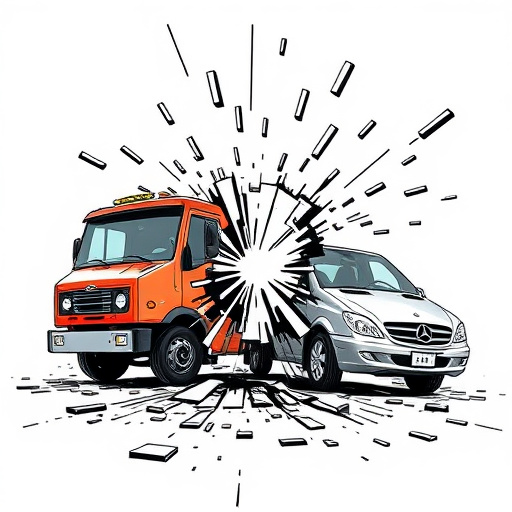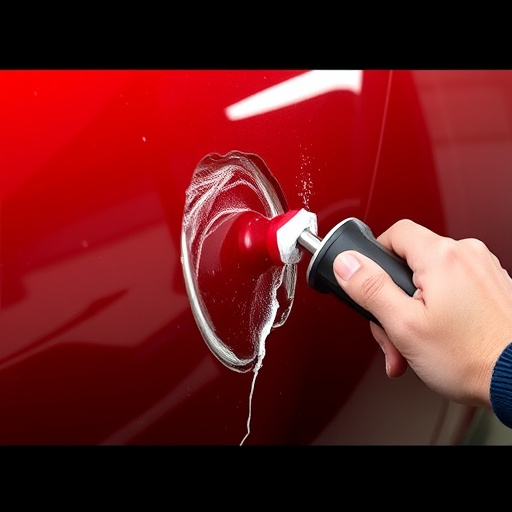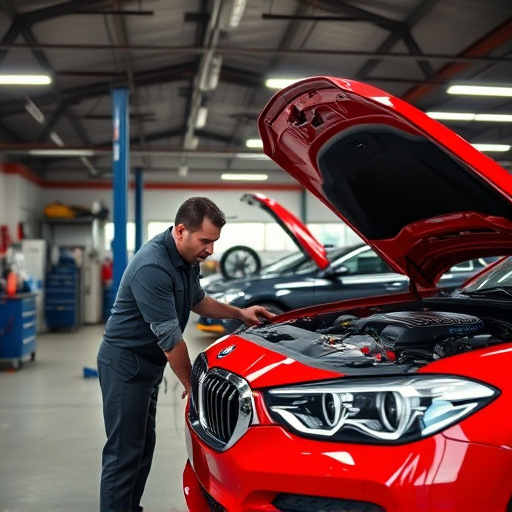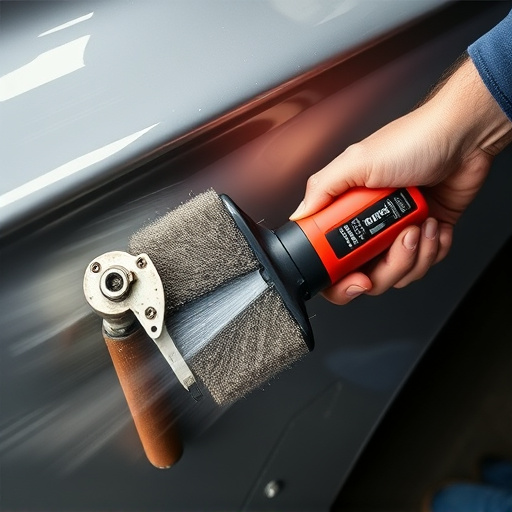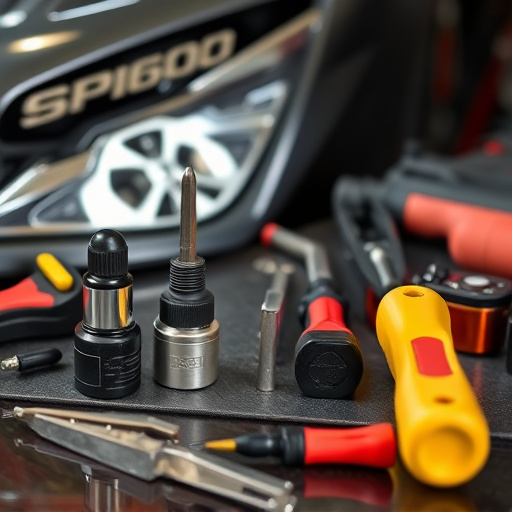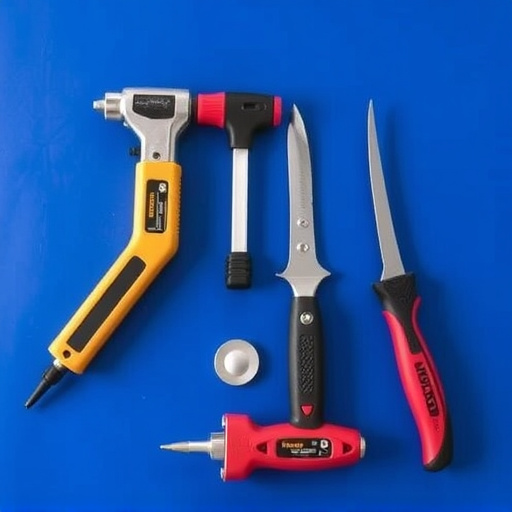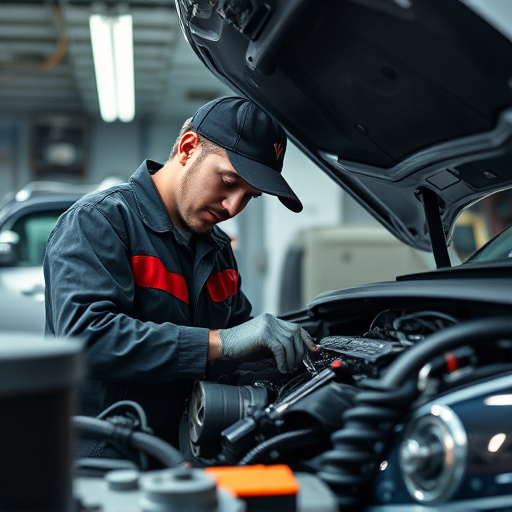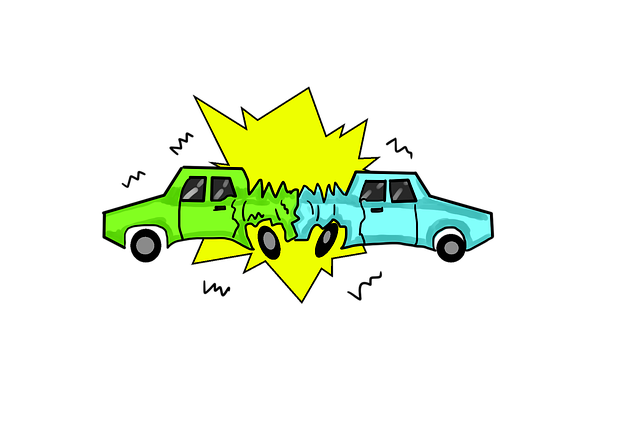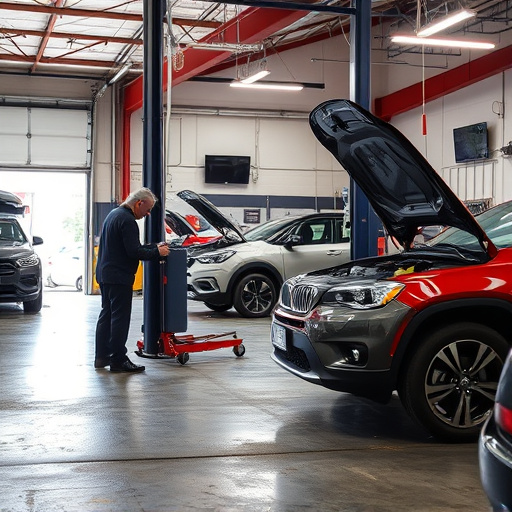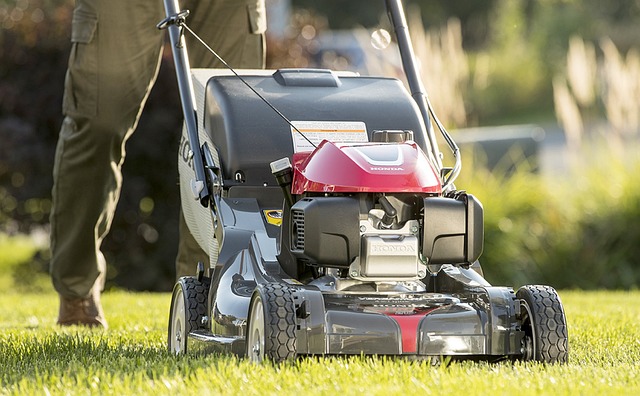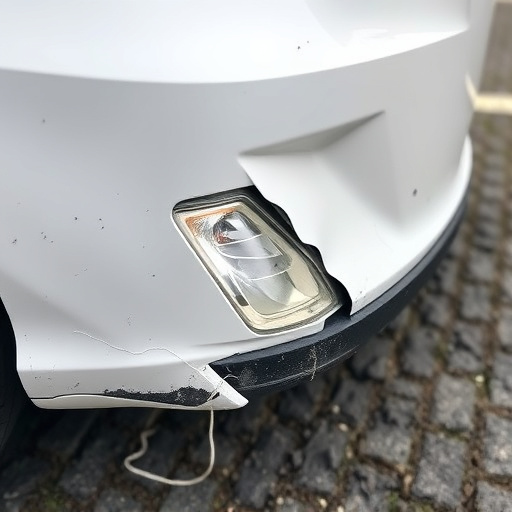Oxygen sensors and exhaust valves are critical components in a vehicle's exhaust system, impacting performance and emissions control. In collision repairs, meticulous attention is required to assess and replace damaged parts, ensuring post-crash safety and environmental compliance. Specialized inspection and repair techniques are vital for proper exhaust system collision repair, restoring functionality and driver safety.
After a vehicle crash, understanding the impact on critical components like oxygen sensors and exhaust valves is essential for safe and efficient operation. This article delves into the intricate world of oxygen sensors, exploring their role in modern vehicles’ emissions control. We examine how crashes can compromise sensor integrity and performance, emphasizing the need for prompt inspection and repair. Additionally, we provide an informative guide on exhaust valve repair post-collision, offering essential steps for effective exhaust system collision repair.
- Understanding Oxygen Sensors: Role and Function in Vehicles
- Impact of Crashes on Sensor Integrity and Performance
- Exhaust Valve Repair: Essential Steps After a Collision
Understanding Oxygen Sensors: Role and Function in Vehicles
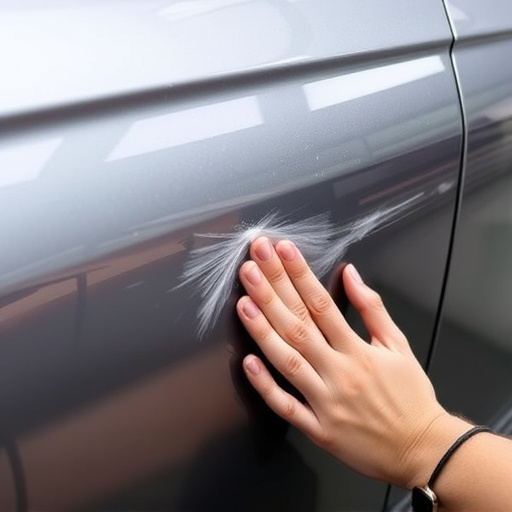
Oxygen sensors are critical components within a vehicle’s exhaust system, playing a pivotal role in maintaining optimal engine performance and emissions control. These sensors monitor the amount of oxygen present in the exhaust gases, providing essential feedback to the car’s computer. This data is used to adjust the fuel-air mixture for better combustion efficiency and to meet environmental emission standards. In modern vehicles, multiple oxygen sensors are strategically placed throughout the exhaust system, ensuring precise control and monitoring.
In the context of an exhaust system collision repair, understanding the function of these sensors is paramount. When a vehicle experiences a crash or accident, the exhaust system may sustain damage, including potential failure or malfunction of the oxygen sensors. This can lead to incorrect readings, impacting fuel injection and engine performance. Auto body shops specializing in car dent removal and exhaust system repairs must consider the delicate balance of these sensors during the repair process to ensure the vehicle returns to its pre-crash condition, promoting both safety and environmental compliance.
Impact of Crashes on Sensor Integrity and Performance
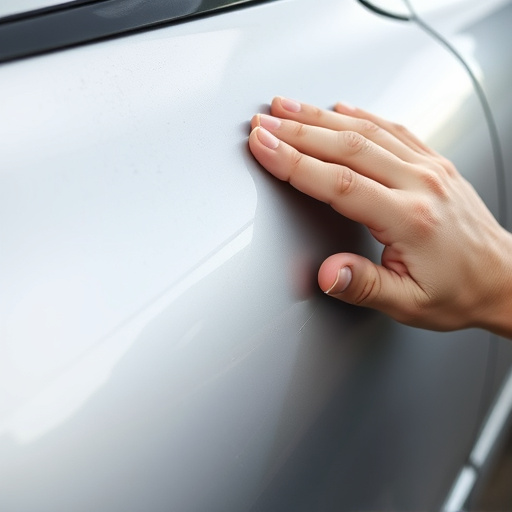
In the event of a crash, the integrity and performance of critical components within the exhaust system can be significantly compromised. Oxygen sensors, located in the exhaust manifold or near the catalytic converter, play a crucial role in monitoring air-fuel mixture levels to optimize engine efficiency and emissions control. However, these sensors are delicate devices that can sustain damage during a collision. Impact from sharp objects or sudden deceleration may cause physical harm to the sensor’s housing or lead to internal electrical failures, affecting its ability to accurately measure oxygen levels.
Similarly, exhaust valves, responsible for controlling the flow of gases out of the engine, are also susceptible to crash-related damages. Severe accidents can result in bent or broken valve components, leading to improper valve train operation and potential engine performance issues. Proper collision repair, including meticulous inspection and replacement of affected parts like auto glass, car bodywork, and exhaust system components, is essential to restore sensor integrity and ensure the vehicle operates within manufacturer specifications after a crash.
Exhaust Valve Repair: Essential Steps After a Collision
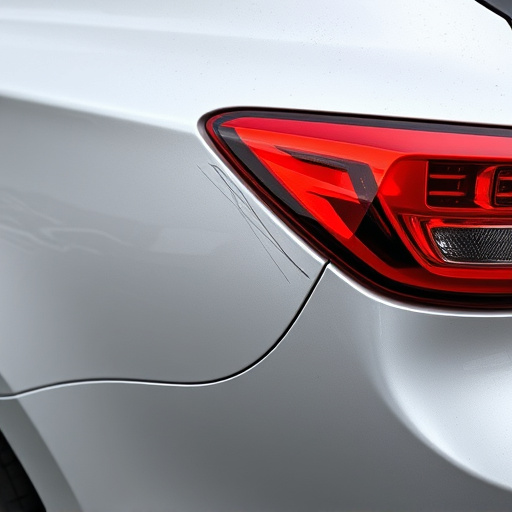
After a collision, exhaust system collision repair is a critical step to ensure your vehicle’s safety and performance. The first essential check is to assess any damage to the exhaust valves and sensors. These components play a vital role in engine efficiency and emissions control, so any compromise can lead to serious issues down the line. If there’s visible or measurable damage, replacement may be necessary.
In terms of repairs, start with a thorough inspection by an experienced auto body shop. They’ll identify if the valves are bent, cracked, or damaged in any way. For simple misalignments, specialized tools can realign them accurately. In more severe cases, where components are beyond repair, a professional will replace them with new ones to ensure optimal performance. Remember, proper exhaust system collision repair not only restores your vehicle’s functionality but also guarantees the safety of every ride.
In light of the above, it’s clear that crashes can significantly affect both oxygen sensors and exhaust valves. Understanding these components’ roles in vehicle efficiency is crucial for effective exhaust system collision repair. After a collision, ensuring proper sensor integrity and exhaust valve functionality is essential for maintaining optimal vehicle performance and reducing environmental impact. Therefore, knowing the specific steps involved in exhaust valve repair can help professionals navigate the challenges posed by crashes, ultimately fostering safer and more sustainable transportation.

